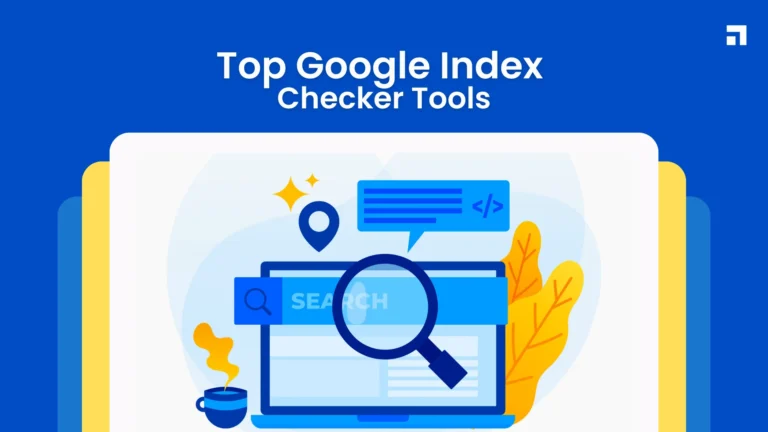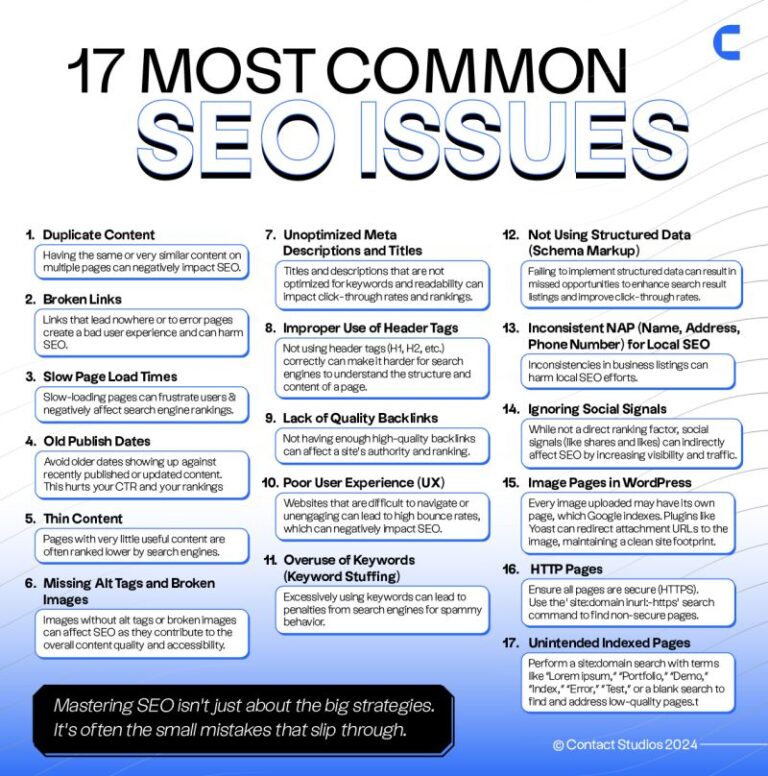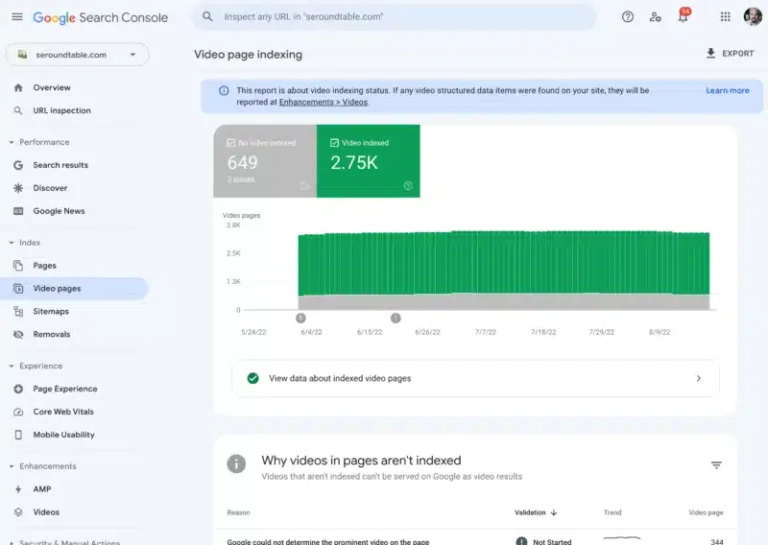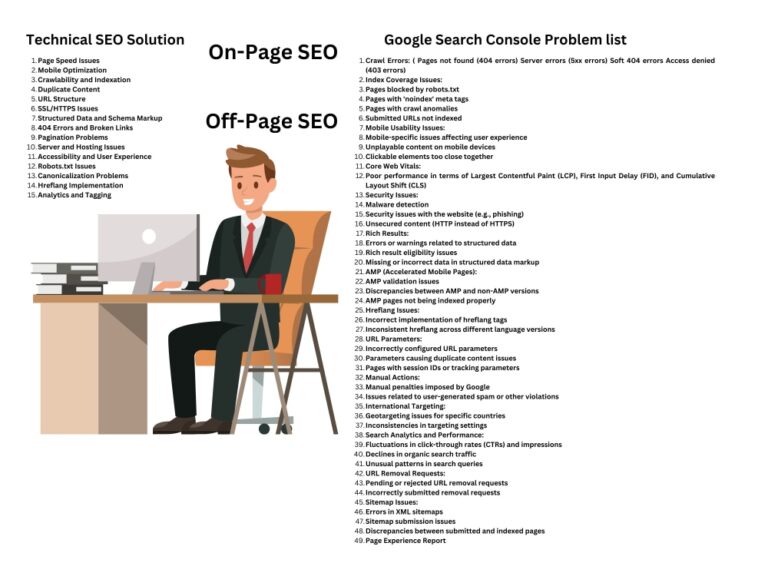To effectively index multi-language website, use hreflang tags to indicate language and regional targeting. Ensure that content is properly translated and localized for each target audience.
Creating a multi-language website enhances global reach and user engagement. Proper indexing ensures search engines accurately identify and serve the right content to users in different regions. Implementing best practices for SEO on a multi-language site can significantly boost visibility in search results.
Utilizing hreflang tags is crucial for guiding search engines to the appropriate language version. Localizing content goes beyond translation; it involves cultural adaptation to resonate with diverse audiences. Following these best practices can lead to improved user experience and higher rankings in search engines, ultimately driving more traffic to your site.

Credit: www.searchenginejournal.com
The Importance Of Indexing Multi-Language Website
Multilingual indexing helps websites reach a wider audience. It allows people from different countries to find your content easily. With more users, you can grow your brand and increase sales.
Search engines favor websites that cater to various languages. This practice boosts your visibility and ranking in search results.
Catering To A Global Audience
Creating a multilingual website is crucial for global reach. It makes your content accessible to non-English speakers. Here are some key points:
- Engage users in their native language.
- Build trust and loyalty with local audiences.
- Encourage user interaction and feedback.
By catering to diverse languages, you enhance user experience. This leads to more time spent on your site.
Seo Benefits For Multiple Languages
SEO gains from multilingual indexing are significant. Here’s how it can improve your online presence:
| Benefit | Description |
|---|---|
| Higher Traffic | Reach more visitors from different regions. |
| Better Rankings | Improve search engine positions for various languages. |
| Enhanced User Engagement | Users stay longer and interact more. |
Optimize your website for different languages. Use hreflang tags to signal language and region. This helps search engines serve the right version of your site.
Regularly update content in all languages. Fresh content keeps users returning and improves SEO.

Credit: www.searchenginejournal.com
Starting With Website Structure
Creating a multi-language website starts with a strong structure. A well-organized site helps search engines index your content effectively. This improves user experience and boosts SEO. Proper website structure ensures visitors find what they need easily.
Choosing The Right Url Structure
URL structure plays a crucial role in indexing. Choose a format that is easy to understand. Here are some options:
- Country Code Top-Level Domain (ccTLD): Example:
example.fr - Subdirectories: Example:
example.com/fr/ - Subdomains: Example:
fr.example.com
Each structure has its benefits. Here’s a quick comparison:
| URL Structure | Pros | Cons |
|---|---|---|
| ccTLD | Clear country targeting | Separate SEO efforts |
| Subdirectories | Consolidated SEO authority | Less clear country targeting |
| Subdomains | Separates content easily | Can dilute SEO authority |
Using Subdirectories Vs. Subdomains
Deciding between subdirectories and subdomains is important. Consider the following points:
- Subdirectories keep everything under one domain. This helps with SEO.
- Subdomains offer more flexibility. They can be treated as separate sites.
- Subdirectories are easier to manage. They can simplify content updates.
- Subdomains may require separate SEO strategies. This can increase complexity.
Choose the structure that fits your needs best. Think about your audience and content strategy. A well-structured site is key for indexing success.
Language Tags And Html Attributes
Language tags and HTML attributes are crucial for multi-language websites. They help search engines understand the content’s language. Proper implementation improves user experience and boosts SEO.
Implementing Hreflang Tags
Using hreflang tags is essential for a multi-language site. These tags tell search engines which language and region the content is for.
- Place
hreflangtags in thesection. - Use the correct language code, like
enfor English. - Specify the country code, like
en-USfor the United States.
Here’s an example of how to use hreflang tags:
Ensuring Language Consistency
Consistency in language usage is vital. Ensure all content aligns with the specified language. This practice improves readability and user engagement.
- Use the same language for every page in that section.
- Maintain consistent terminology across all languages.
- Regularly review content for updates or changes.
Utilize language attributes in HTML. For example:
This code sets the primary language for the webpage. It helps browsers and assistive technologies understand the content.

Credit: www.americaneagle.com
Content Considerations For Multiple Languages
Creating content for a multi-language website needs careful planning. Each language version should reflect the culture and preferences of its audience. Quality translations and localized content improve user experience. They also boost search engine rankings.
Creating Quality Translations
Quality translations are essential for effective communication. Always aim for clarity and accuracy. Here are some tips for creating quality translations:
- Hire Professional Translators: Use native speakers who understand the nuances.
- Focus on Context: Make sure translations fit the context of the content.
- Use Localized Phrases: Adapt phrases to resonate with the target audience.
Consider using a translation management system. This helps maintain consistency across languages. It also makes updates easier.
Avoiding Auto-translation Pitfalls
Auto-translation tools can be tempting. They save time but often lack accuracy. Here are some pitfalls to avoid:
- Loss of Nuance: Auto-translations often miss cultural meanings.
- Inconsistent Terminology: Different tools may use varying terms.
- Grammar Mistakes: Machines struggle with complex sentences.
Always review auto-translations with a native speaker. This ensures the message remains clear and engaging.
Technical Seo For Multilingual Sites
Technical SEO plays a vital role in optimizing your multilingual website. Proper setup ensures search engines can easily index your content in various languages. This enhances visibility and user experience. Follow best practices to improve your site’s performance across different regions.
Sitemaps For Different Languages
Creating sitemaps for each language helps search engines find your content. Here are key steps to follow:
- Generate separate XML sitemaps for each language.
- Include language-specific URLs in each sitemap.
- Use the
Consider this example:
| Language | Sitemap URL |
|---|---|
| English | example.com/sitemap-en.xml |
| Spanish | example.com/sitemap-es.xml |
| French | example.com/sitemap-fr.xml |
Submit each sitemap in Google Search Console. This improves indexing speed.
Managing Duplicate Content
Duplicate content can confuse search engines. Use these strategies to manage it:
- Implement hreflang tags to indicate language and region.
- Set canonical tags for original content versions.
- Use unique meta titles and descriptions for each language.
Follow these tips to minimize duplication:
- Translate content instead of using machine translation.
- Ensure each page has a unique URL structure.
Monitoring your site’s performance helps catch issues early. Use tools like Google Analytics for insights.
Localizing User Experience
Localizing user experience is vital for multi-language websites. It helps connect with users on a deeper level. Understanding their culture and customs enhances engagement. This section covers cultural nuances and design adaptations.
Cultural Nuances And Local Customs
Each culture has unique traits. Recognizing these traits enhances user experience.
- Language Variations: Use local dialects and expressions.
- Color Significance: Colors convey different meanings.
- Symbols and Icons: Use culturally relevant symbols.
Research local customs. This helps avoid misunderstandings. Respect traditions and values. Tailor your content accordingly.
Design And Layout Adaptations
Design plays a crucial role in user experience. Adapt designs for different cultures.
| Aspect | Adaptation |
|---|---|
| Text Alignment | Right-to-left for Arabic, Hebrew. |
| Images | Use culturally relevant images. |
| Fonts | Select fonts that support local scripts. |
Ensure easy navigation. Users prefer familiar layouts. Test designs with local users for feedback.
Engagement And Performance Metrics
Measuring engagement and performance on a multi-language website is vital.
Understanding how users interact helps improve content and reach.
Focus on metrics that reflect user preferences and behaviors.
Tracking Across Different Languages
Tracking metrics across languages requires specific strategies.
- Use tools like Google Analytics for multi-language tracking.
- Set up goals for each language version.
- Monitor bounce rates for different language pages.
- Evaluate conversion rates based on language preferences.
Consider using UTM parameters to differentiate campaigns.
Example UTM parameters:
| Parameter | Example Value |
|---|---|
| utm_source | newsletter |
| utm_medium | |
| utm_campaign | spring_sale |
| utm_content | french_version |
Analyzing User Behavior By Region
Understanding user behavior by region is essential.
Metrics can reveal preferences and trends in different areas.
- Identify high-traffic regions for each language.
- Analyze time spent on pages per region.
- Examine popular content in different languages.
- Look for patterns in search terms used.
Use heatmaps to visualize user interactions on your site.
Segment users based on their location for better insights.
Ongoing Optimization And Updates
Maintaining a multi-language website requires continuous effort. Regular updates and optimizations keep your site relevant. This enhances user experience and improves search rankings. Focus on two key practices: regular content audits and staying updated with search engine algorithms.
Regular Content Audits
Conducting regular content audits is crucial. This helps identify outdated or underperforming content. Follow these steps for effective audits:
- Review each language version of your site.
- Check for broken links and errors.
- Update old content with fresh information.
- Ensure translations are accurate and culturally relevant.
- Remove or replace low-quality content.
Use a simple table to track your audit progress:
| Language | Content Type | Status | Update Needed |
|---|---|---|---|
| English | Blog Post | Needs Update | Yes |
| Spanish | Product Page | Up to Date | No |
| French | Landing Page | Outdated | Yes |
Staying Updated With Search Engine Algorithms
Search engines frequently update their algorithms. Staying informed about these changes is vital. Follow these tips to keep your website optimized:
- Subscribe to SEO newsletters.
- Join online SEO forums and communities.
- Attend webinars and conferences.
- Monitor industry blogs for updates.
- Adjust your strategies based on algorithm changes.
Implementing these practices ensures your multi-language site remains competitive. Regular updates boost visibility and user satisfaction. Prioritize ongoing optimization for long-term success.
Frequently Asked Questions
How To Optimize A Multi-language Website For Seo?
To optimize a multi-language website for SEO, use hreflang tags to indicate language and regional targeting. Ensure each language version has unique content, avoiding duplicate content issues. Additionally, create localized keywords and meta tags for better search visibility in different languages.
What Are Hreflang Tags And Why Are They Important?
Hreflang tags help search engines understand the language and regional targeting of your pages. They prevent duplicate content issues by directing users to the appropriate version of your site. Proper implementation of hreflang tags enhances user experience and improves your site’s visibility in local search results.
Should I Create Separate Urls For Different Languages?
Yes, creating separate URLs for each language is recommended. This approach enhances user experience by providing localized content. Use subdirectories, subdomains, or country code top-level domains (ccTLDs) for better organization. Ensure each URL is optimized for its target audience to maximize search engine visibility.
How Can I Ensure My Content Is Culturally Relevant?
To ensure your content is culturally relevant, research local customs, values, and preferences. Collaborate with native speakers or cultural experts for accurate translations. Tailor your messaging to align with local trends, ensuring it resonates with the target audience. This approach fosters better engagement and trust.
Conclusion
Creating a multi-language website requires careful attention to indexing practices. By following these best practices, you can improve search visibility and user experience. Remember to optimize language tags, create separate URLs for each language, and ensure proper hreflang implementation. These steps will help your site reach a broader audience effectively.






